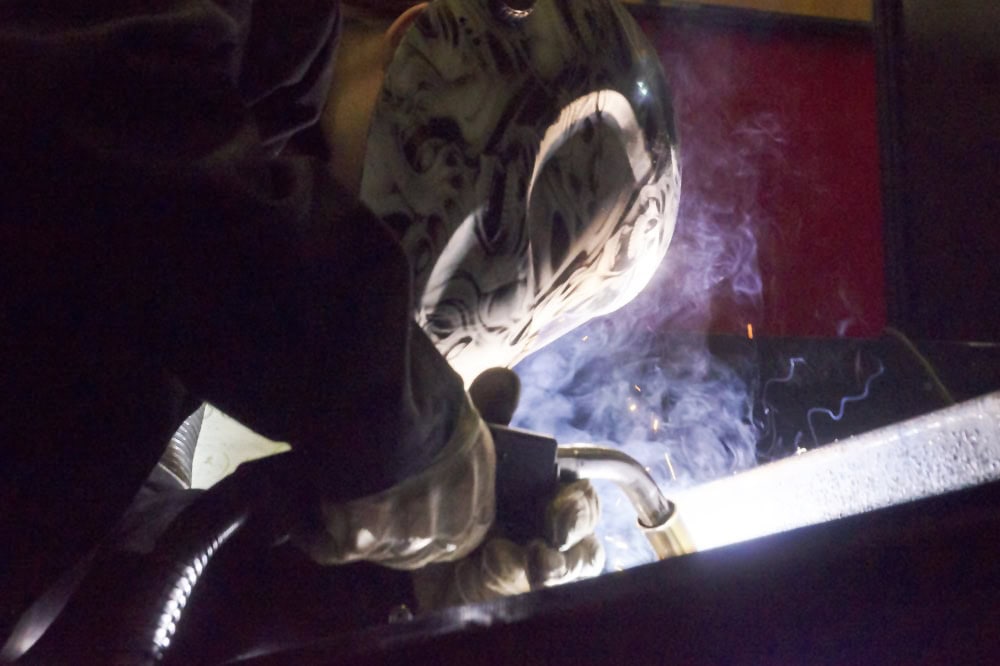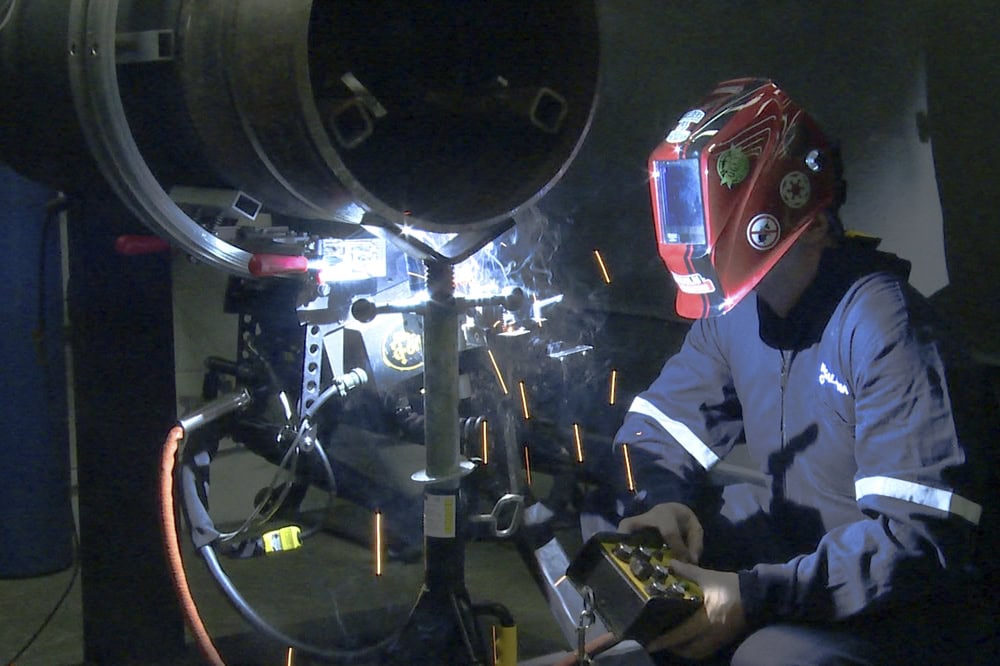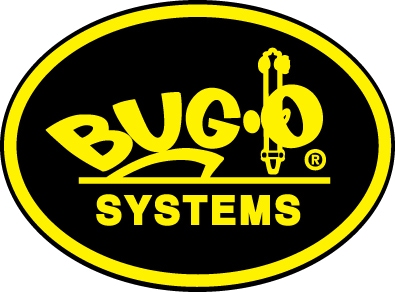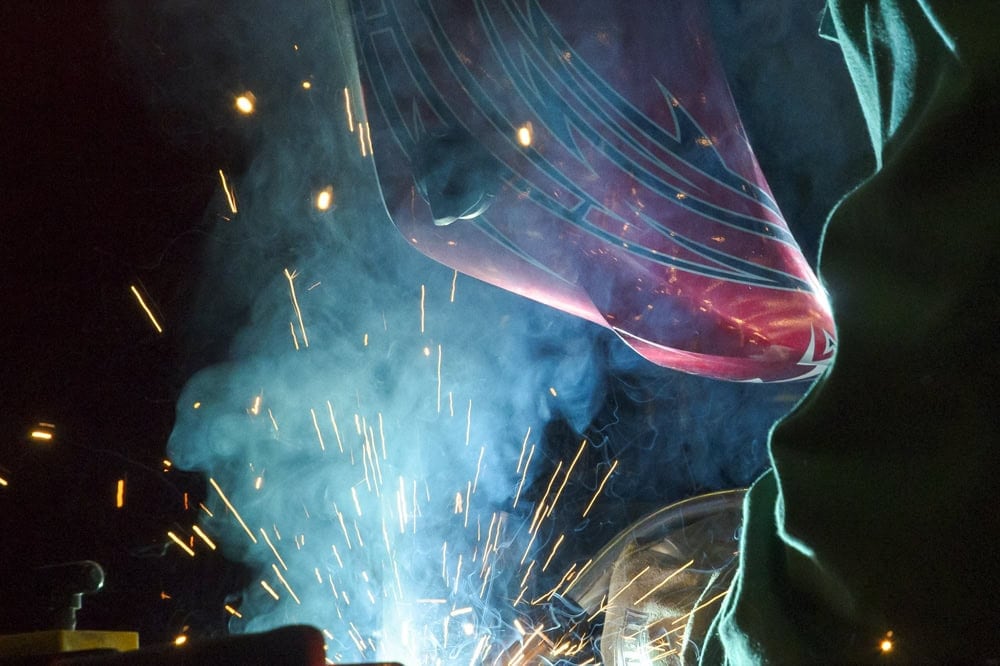The demands of the welders’ profession extend beyond mere technical skills. It’s about maintaining safety, enhancing productivity, and ensuring career longevity. This is where the fields of ergonomics and mechanization come into play, offering solutions that protect welders and boost their efficiency.
Ergonomics in Welding: A Crucial Factor for Safety and Productivity
Ergonomics, the science of designing a job to fit the worker, has become a crucial component in the welding industry. By understanding the physical demands of welders, we can make changes that reduce strain and improve work conditions. When welders operate in environments designed with ergonomics in mind, they experience fewer injuries, less fatigue, and greater job satisfaction, directly impacting productivity.
What is Ergonomics in Welding?

In welding, ergonomics involves adjusting workstations, tools, and tasks to minimize unnecessary physical burdens on welders. This can include designing workspaces that allow welders to maintain neutral postures, using tools that reduce hand strain, and implementing lifts or positioning equipment to avoid awkward body positions. By prioritizing ergonomics, companies can create safer and more efficient working environments for welders.
Common Ergonomic Issues Faced by Welders
Despite advancements, welders still face several ergonomic challenges. Prolonged static postures, repetitive motions, and excessive force are common issues that can lead to musculoskeletal disorders (MSDs). Tasks that require awkward positions or extended reaches can exacerbate these problems. MSDs can be debilitating, leading to lost workdays and impacting a welder’s quality of life. Addressing these issues through ergonomic improvements is essential for sustaining a healthy workforce.
The Role of Mechanization in Welding Ergonomics

Mechanization in welding refers to using machinery to assist or replace manual welding tasks. Unlike fully automated solutions, mechanization retains an element of human control, combining the strengths of both human expertise and machine precision. Like those offered by Bug-O Systems, mechanized systems provide welders with tools that support ergonomic principles by reducing the need for physically demanding and repetitive tasks.
Benefits of Mechanization for Welders’ Health
Mechanization offers significant health benefits for welders. By transferring the physical workload to machines, welders can avoid the strain and fatigue associated with manual processes. This results in a reduction of work-related injuries and long-term musculoskeletal issues. Mechanized welding systems allow operators to maintain optimal body positions, decreasing the risk of injury and improving overall health and well-being.
Boosting Productivity Through Ergonomics and Mechanization
The synergy between ergonomics and mechanization enhances safety and boosts productivity. When welders are comfortable and free from physical strain, they can work more efficiently and with greater focus. Mechanized systems provide consistent, high-quality results, reducing errors and the need for rework. This combination increases output and cost savings, making it an attractive proposition for the welding industry.
Your Trusted Partners
Integrating ergonomics and mechanization is a game-changer for safety and productivity in the welding industry. By addressing the ergonomic challenges welders face and leveraging mechanized solutions, companies can create healthier work environments and achieve higher efficiency.
For those interested in further exploring the benefits of mechanization, Bug-O Systems offers a range of products designed to enhance welding operations. With a focus on reducing the physical demands on welders, Bug-O Systems’ solutions improve health outcomes and increase operational productivity. To discover how you can incorporate these systems into your operations, contact Bug-O Systems and learn more about their innovative solutions for welding and cutting.


Recent Comments